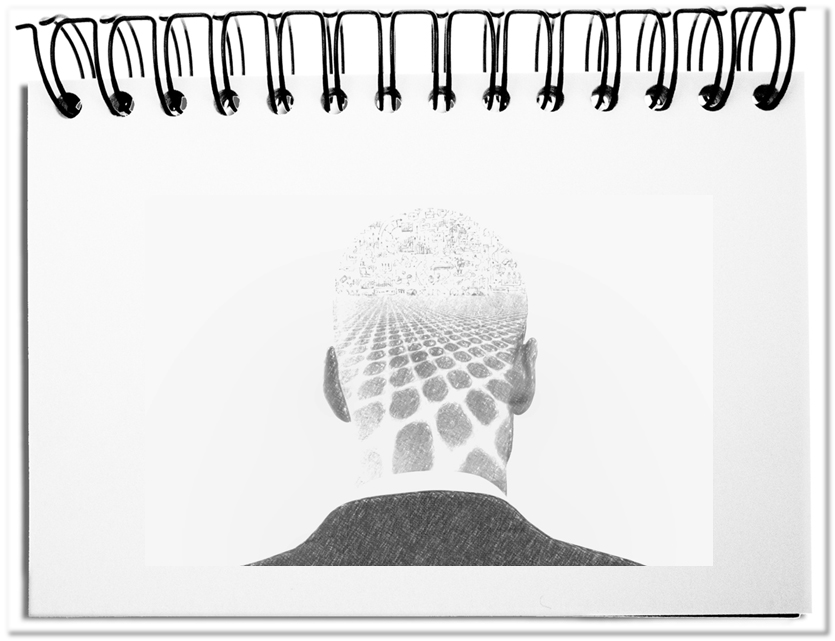It’s surprising that after many years of having the team on the agenda, companies are still struggling to capitalize on the additional treasures of grouping employees into working teams. The promotion of individual careers, the artificially fueled competition for credit points and the lack of informal opportunities to exchange information hamper a relationship based on cooperation. Usually the individual criteria are still used to evaluate the performances. Individuals are in the focus – although that puts a strain on trustful cooperation.
The company or rather its representatives do little to ensure that this additional advantage can arise. Even though there is an agile momentum nowadays and everyone wants the appropriate commitment from the employees, there does not exist
- the necessary, open structures,
- agile workplaces and meeting rooms to meet spontaneously,
- new distribution mechanisms for resources, or
- executives, who renounce any micro management.
It can actually not exist as long as the decision-makers themselves are only employees in a multilayered hierarchy. Perhaps it helps to realize that a group of employees is more than the sum of the individual experiences – when more can be said and heard.
- The senders have more thoughts than they can express
The collaboration thrives on ideas that are exchanged within the team. The difficulty is the fact that much of the thoughts that a team member thinks about, cannot be completely shared. Many aspects are lost during the transfer into language and images. Through generalizations, the use of classifications, unspoken assumptions and the use of ambiguous terms, important contents are filtered out.
Example: All sales people follow the sales process with the conviction that anything is possible. Their credo is AIDAS. Why can’t this be improved through intensive cooperation? We need agile procedures.
In the example, many facts remain unspoken: Sales people? Sales process? What is possible? AIDAS? What makes cooperation intensive? Agile? The sender knows more, but does not express it more comprehensive. - The receivers determine the content of the perceived
The exchange of ideas requires that everybody notices the thoughts of others. Since all people perceive through different channels, sometimes the spoken and sometimes the written word and sometimes a picture or a series of numbers are worth than a thousand words – as long as you do not miss the message. In any case, the target group is responsible for interpreting the statements. The path into consciousness uses the already existing thoughts and mental patterns of the target persons to enrich the contents with useful knowledge in their mind.
Example: Jim and John have been working in sales for a long time and use for weeks Clickfunnels to collect 1500 new contacts every day, so-called leads, which they prioritize with their software module in order to turn in just one week the most interesting contacts into interested customers, who are willing to meet with our sales people.
The example shows that the receiver immediately adjusts the perceived to his ideas: Jim and John are salespeople; Clickfunnels seems to be related to the sales process; 1500 leads per day are possible; the rest, e.g. the agile, has disappeared. The recipient has enriched some messages while hiding others. - Mutual discourse expands the comprehension
Actually, everything is works as desired. The sender communicates and the receiver understands what he can. In fact, the receiver only bears the whole thing in mind so far. In order to share the experiences, everybody in the group must become a sender and share their feedbacks. The target people perceive the contributions again and link the contents with their ranges of experience. The ideas are further processed to a more comprehensive, joint result by mutually asking questions. The more intensive the exchange of ideas, the more comprehensive becomes the overall understanding.
Example: How do we reach Jim and John? Who should join? What exactly does Clickfunnels? How can we use the results for needs analysis? How do we increase our flexibility?
The example is not about rhetorical questions, but about filling gaps of understanding and creating a common picture. Once the saturation level is reached, the team works together more effectively and efficiently based on this consensus.
The magic of teamwork arises when employees can exchange ideas free from conventions and constraints – when they don’t have to be afraid of disadvantages due to their active participation. In order to achieve the desired effect, they need the appropriate freedom, both psychologically and physically. Not everything works out. But there is a good example that illustrates the opportunities. Let’s remember the Post-It story. Spencer Silver had invented in the sixties a glue that did not stick permanently. It was only when Arthur Fry had in church the idea to mark his hymnbook with sticky bookmarks that the idea of Post-It was born – today 50 billion sticky notes are sold annually. On average, everyone uses at work eleven sticky notes a day.
Bottom line: Without the corporate culture of the Minnesota Mining and Manufacturing Company (now 3M), this cultural artifact would probably not exist. For decades, it has been a showcase that you must allow the development of new ideas full bent. At the same time, it shows that people can complement each other extraordinarily. All companies need to do is to provide the appropriate conditions. Employees need the space, the time and the mutual discourse to produce results that individuals simply cannot achieve. There is always more than is said and heard.


